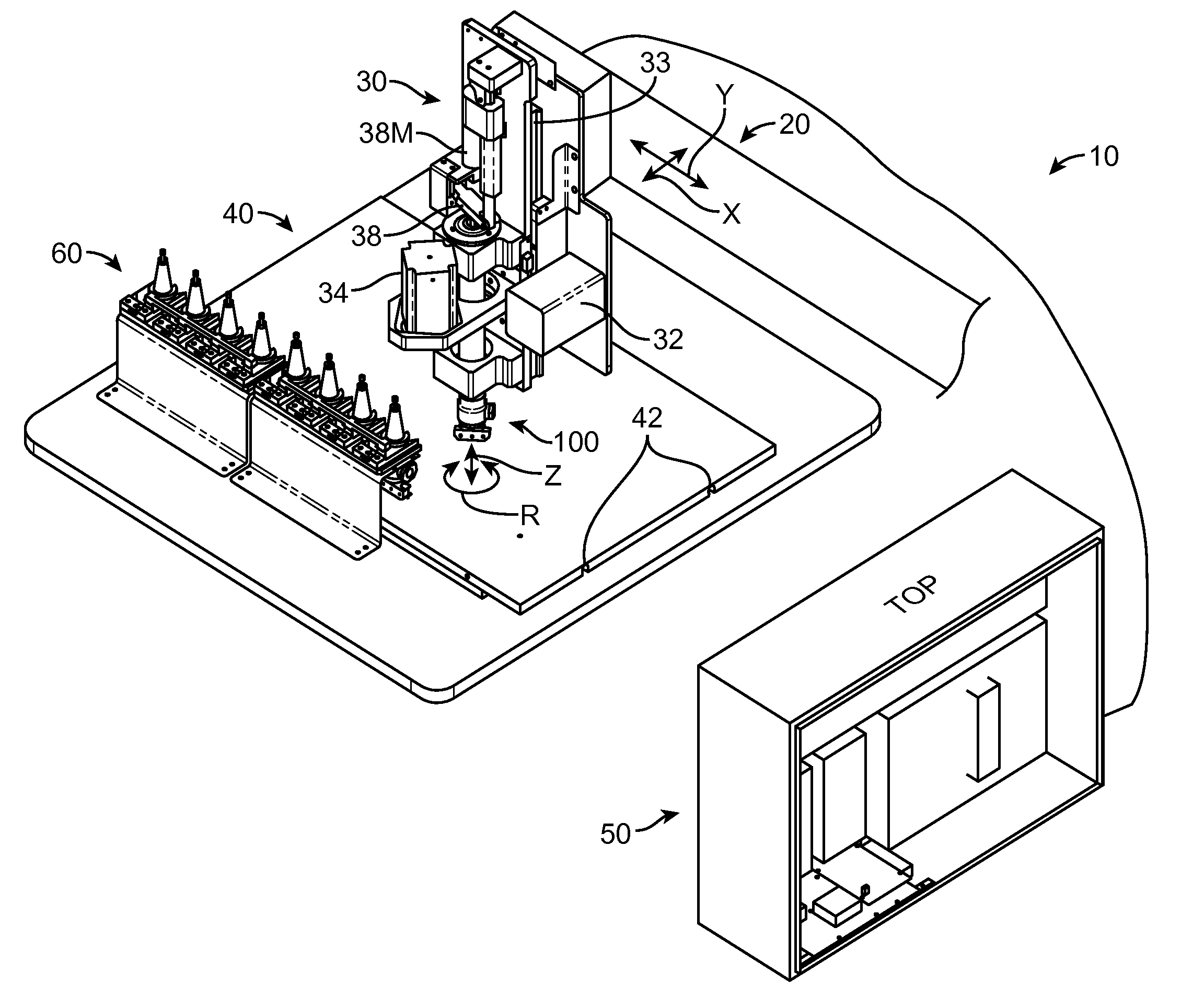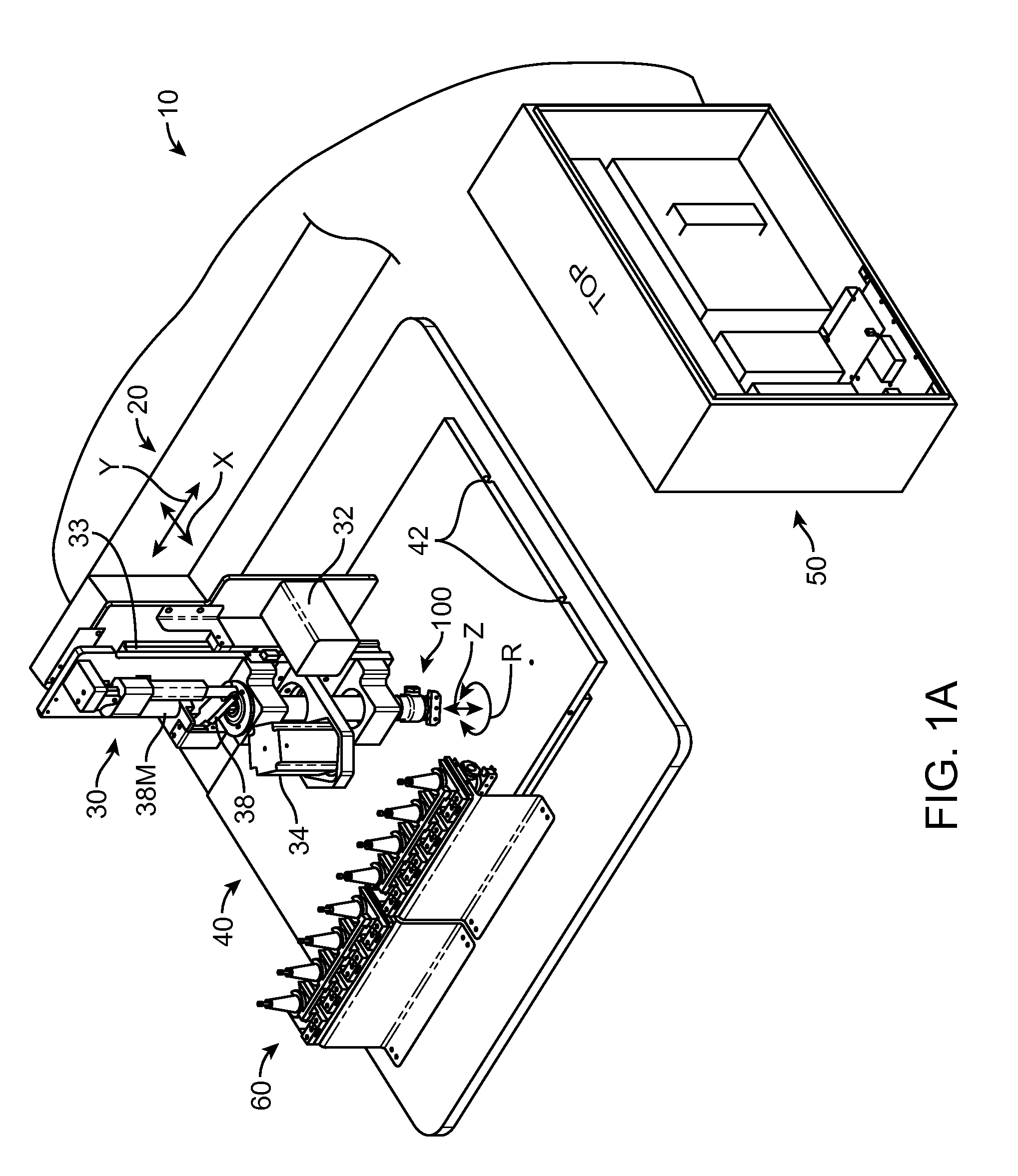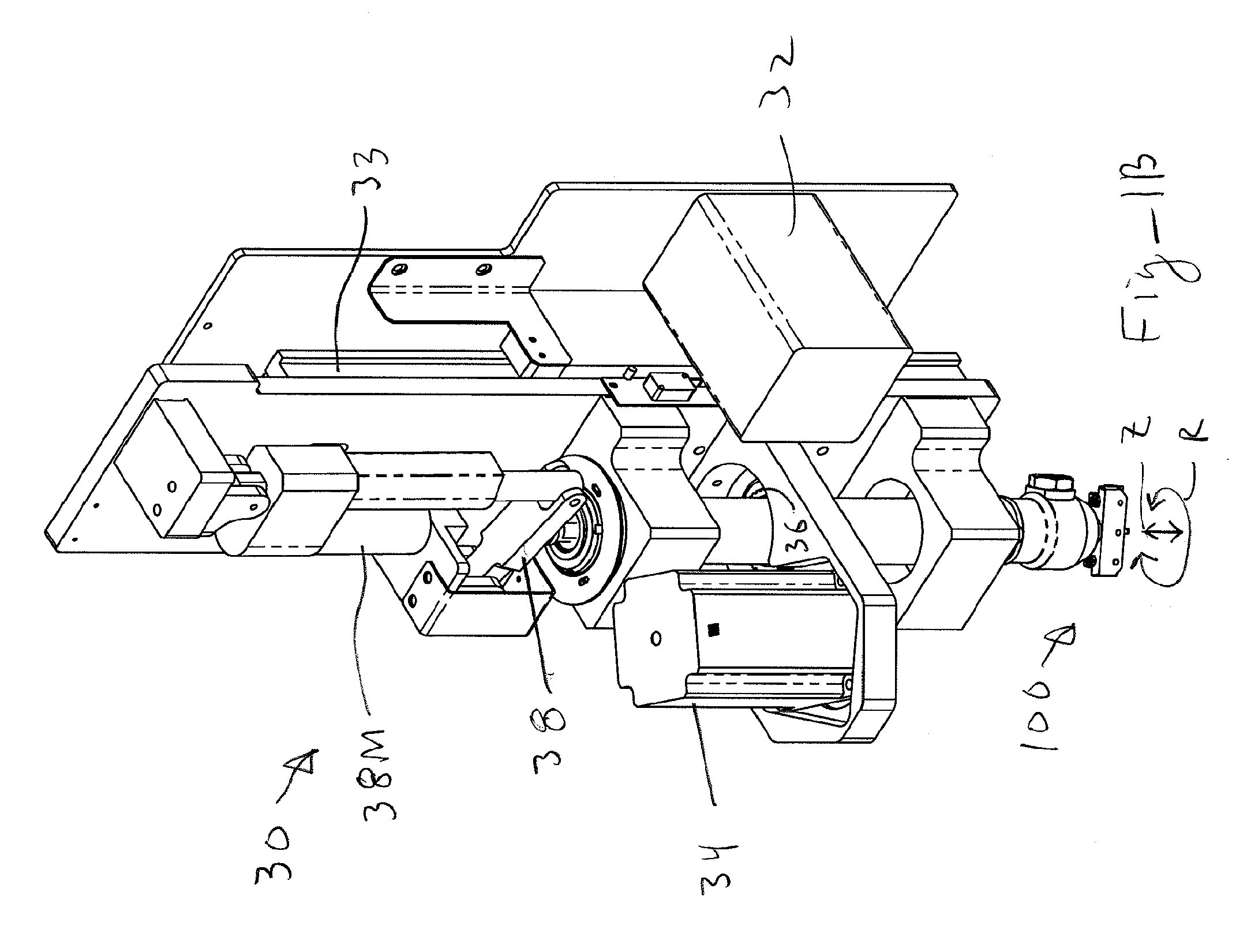Rapid converting of sheet material methods and apparatus
a sheet material and conversion method technology, applied in the field of sheet material conversion, can solve the problems of less material used in the press, the method of making parts such as gaskets and prototypes with computerized numerical control (hereinafter “cnc”) can be time-consuming and more expensive than desirable, so as to reduce material distortion, reduce cost, and reduce the effect of material distortion
- Summary
- Abstract
- Description
- Claims
- Application Information
AI Technical Summary
Benefits of technology
Problems solved by technology
Method used
Image
Examples
Embodiment Construction
[0031]Embodiments of the present invention can be used in many ways to improve the manufacturing of sheet materials and to provide manufactured materials in an efficient manner with a processor system The ordering and manufacturing processes allows a user to order a part remotely from the cutting tool apparatus and view an image of the part to be received with the image of the part sent. The order and manufacture process can be implemented with a processor system that may comprise a user computer processor, a factory server processor, and a apparatus and processor to cut the material. The user and the user processor can be located remotely from the cutting tool apparatus, and instructions of the processor system can be codified in software running on the processors. The cutting tool coupled to the processor system can convert sheet material to finished goods with instructions of the processor system based on input of the remote user. For example, elastomer sheet goods can be manufac...
PUM
| Property | Measurement | Unit |
|---|---|---|
| thick | aaaaa | aaaaa |
| distance | aaaaa | aaaaa |
| angle | aaaaa | aaaaa |
Abstract
Description
Claims
Application Information
 Login to View More
Login to View More - R&D
- Intellectual Property
- Life Sciences
- Materials
- Tech Scout
- Unparalleled Data Quality
- Higher Quality Content
- 60% Fewer Hallucinations
Browse by: Latest US Patents, China's latest patents, Technical Efficacy Thesaurus, Application Domain, Technology Topic, Popular Technical Reports.
© 2025 PatSnap. All rights reserved.Legal|Privacy policy|Modern Slavery Act Transparency Statement|Sitemap|About US| Contact US: help@patsnap.com



